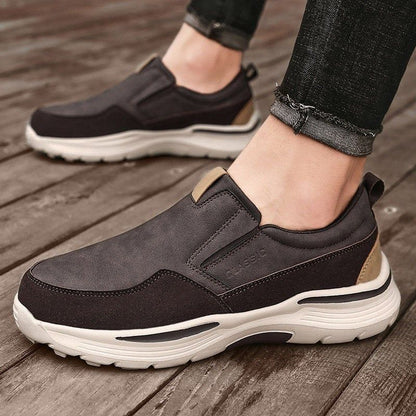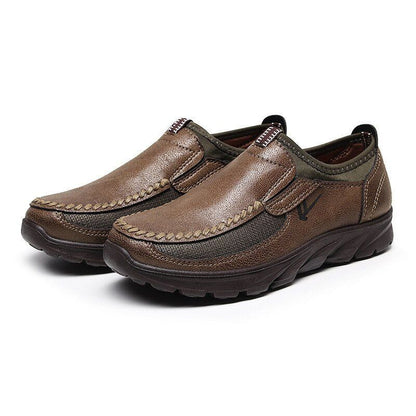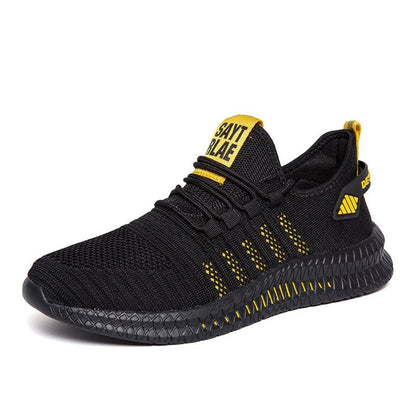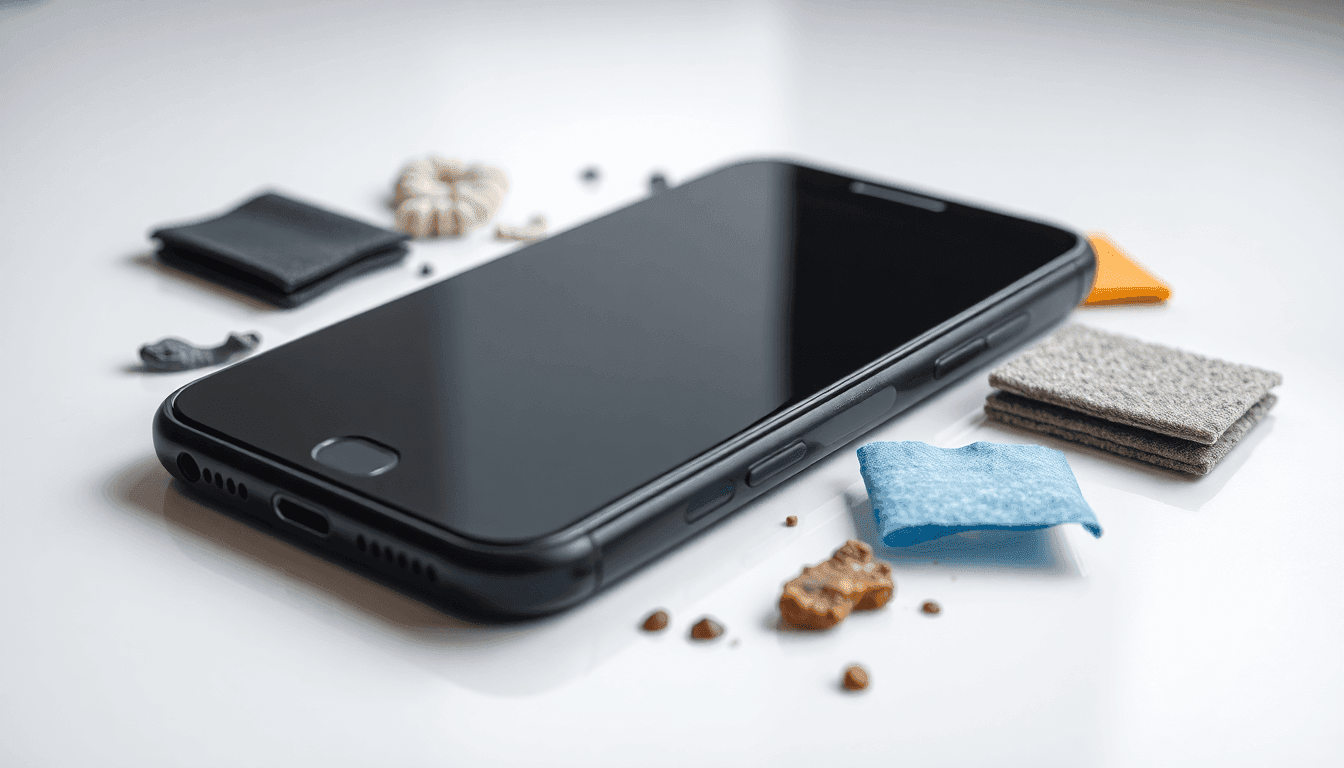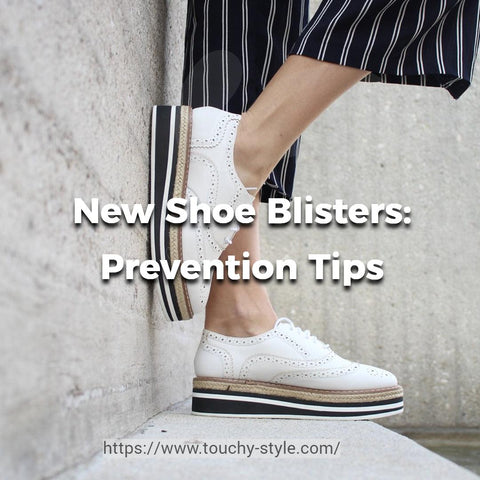
New shoes can bring excitement, but the last thing you need is a painful blister to dampen your day. Blisters are commonly caused by friction between your skin and the shoe, resulting in a painful fluid-filled bubble. Luckily, there are numerous measures you can employ to avoid blisters while wearing new shoes.
Choose the Right Shoe Size
Improper shoe fit, whether tight or loose, ranks among the primary causes of blisters. Ensure that you measure your feet correctly and choose the correct shoe size. Remember, your shoe size can vary between brands, so always try shoes on before purchasing them. Look at the Chart Size of shoes on the Touchy Style Store.

Break Them In
New shoes can be stiff and unforgiving, so it's essential to break them in gradually. Start by wearing them around the house or during light activities for short periods. That allows the shoes to mold to your feet and reduces the chances of blisters forming.
Wear Moisture-Wicking Socks
Moisture-wicking socks are meticulously designed to maintain the dryness of your feet by drawing sweat away from your skin. By wearing these socks, you can reduce the friction between your feet and shoes, minimizing the risk of blisters. Steer clear of cotton socks, as they tend to trap moisture.
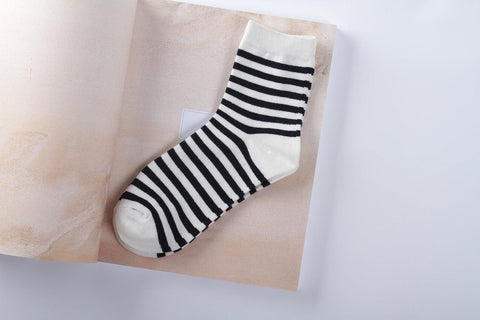
Use Lubricants or Bandages
If you know you're prone to blisters or have specific areas that are more susceptible, applying lubricants or using bandages can help reduce friction. Items such as petroleum jelly or dedicated blister bandages establish a shielding barrier between your skin and the shoe.
Gradually Increase Wear Time
When wearing new shoes, it's essential to do it appropriately. Gradually increase the time you wear them to allow your feet to adjust. That gives your skin time to develop calluses and become less prone to blister formation.
Keep Your Feet Dry
Excess moisture can increase the likelihood of blisters. If your feet sweat excessively, use foot powder or antiperspirant to keep them dry. Additionally, if your shoes get wet, allow them to dry thoroughly before wearing them again.
Consider Insoles or Inserts
Insoles or inserts offer added cushioning and support, alleviating pressure on particular regions of your feet. They effectively distribute weight more evenly, thereby reducing the likelihood of blisters. These recommendations can substantially decrease the likelihood of developing blisters when breaking into new shoes. Prioritizing prevention is essential, so invest in discovering the perfect fit and gradually acclimate your feet to the shoes. Your feet will undoubtedly appreciate the care!

